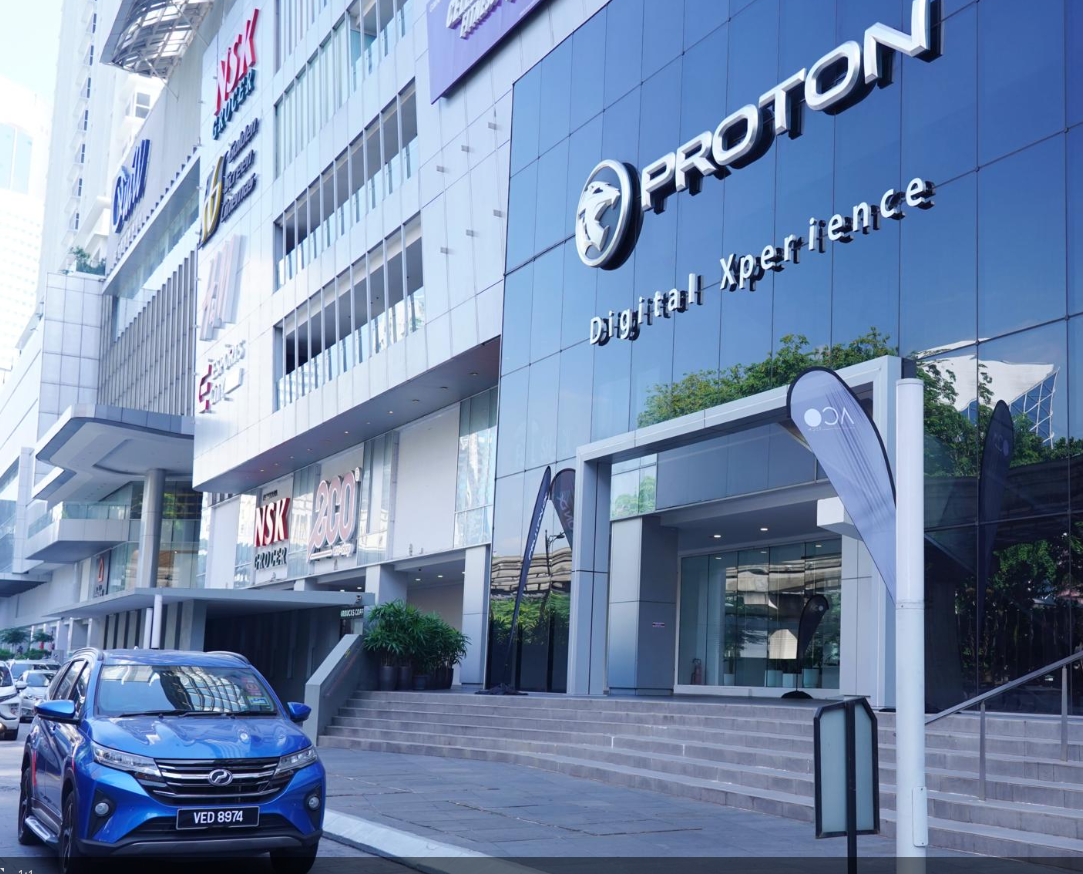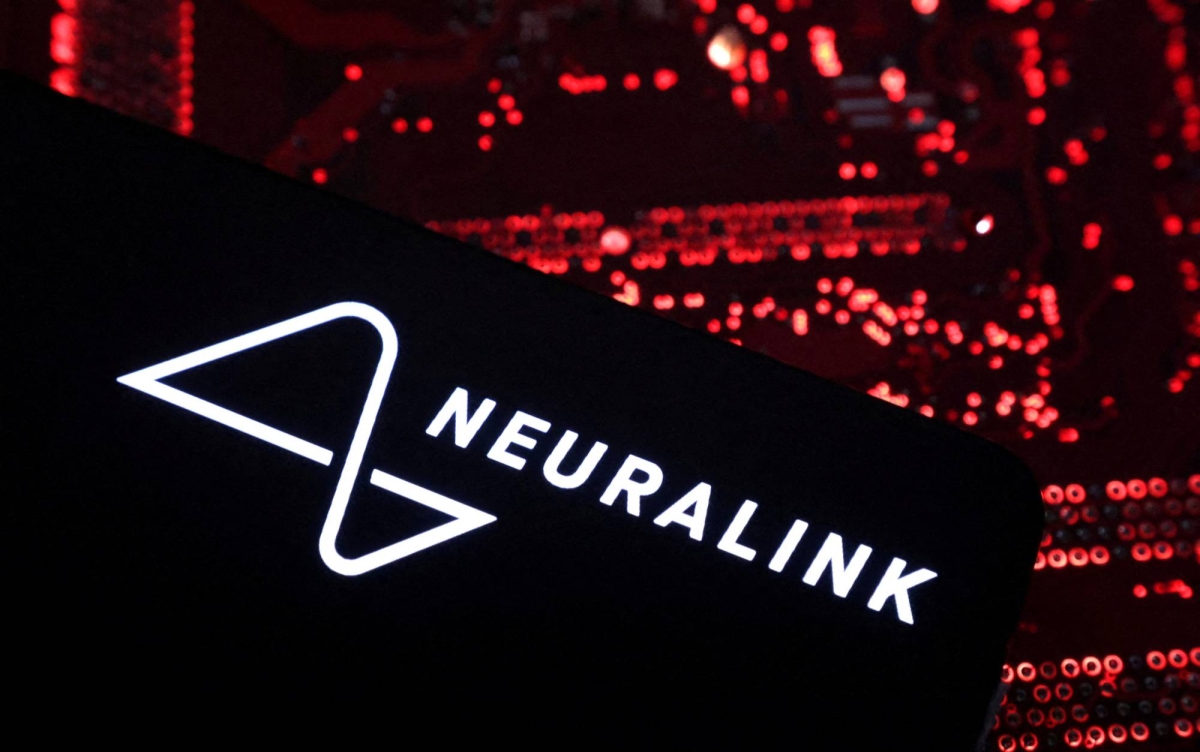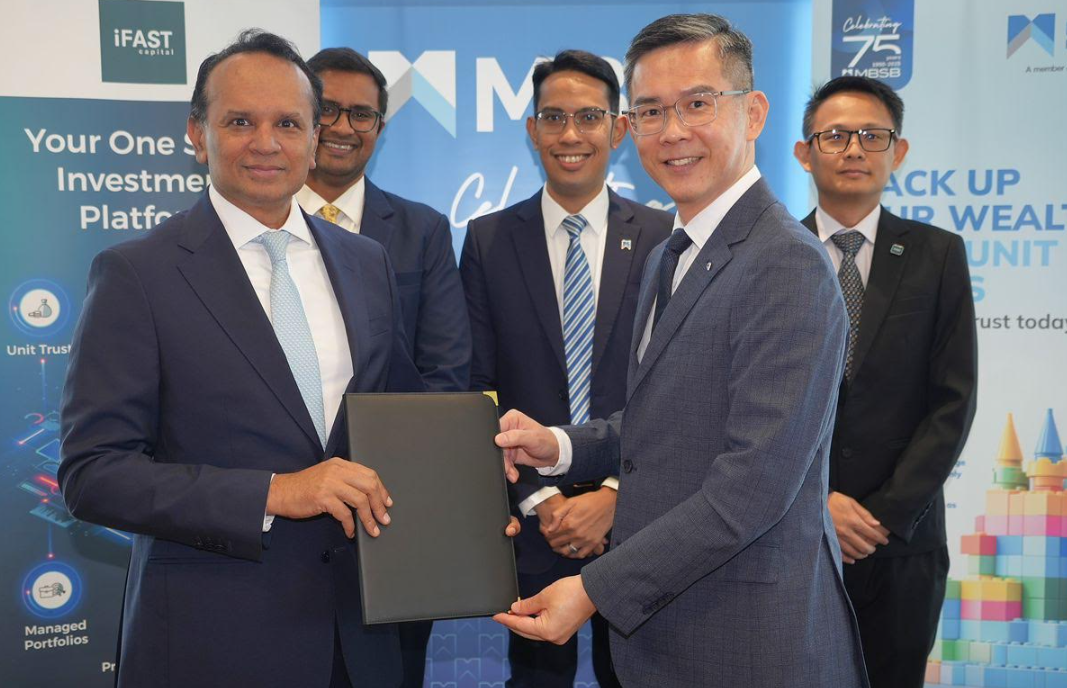Neuralink has received clearance from the FDA for its “breakthrough device,” Blindsight, marking a significant step forward for the Elon Musk-owned company’s brain-computer interface ambitions. However, despite Musk’s claims, this does not mean that Neuralink has developed a cure for blindness.
The FDA’s breakthrough devices program is designed to expedite the development and review of innovative technologies aimed at treating or diagnosing life-threatening or debilitating conditions. It allows manufacturers to interact with FDA experts during the premarket review process. Neuralink’s Blindsight is the latest technology to receive this designation, joining hundreds of other medical devices that have been granted similar status since the program began in 2015. In fact, 145 devices were given this designation just in 2023.
Blindsight, the device in question, builds upon decades-old technology used experimentally to restore limited vision to some blind individuals. The approach involves implanting a microelectrode array in the visual cortex, stimulating neurons based on input from a camera. While this method can produce visual phenomena in those who may have never seen before, the extent of the vision restored remains minimal and far from the promises Musk has made.
Musk recently asserted that Blindsight will enable even those who have lost both eyes or their optic nerve to see, and that it would allow individuals blind from birth to experience sight for the first time.
Challenges in Visual Restoration Remain
However, experts caution that these assertions are premature. The major limitation of this technology lies in the low density of electrodes on the array, which results in a fragmented and unclear visual experience. Rather than true sight, those using the device may see disjointed points of light, making it difficult to discern any meaningful patterns.
While Neuralink’s advance of increasing electrode density is an important development, it does not overcome the core limitations of the technology. For individuals who have recently lost their sight, adapting to such devices is complex and disorienting. Moreover, those who have been blind since birth face additional challenges, as their brains have not developed the pathways necessary for processing visual information. Thus, the idea that these individuals could “see” as a result of Blindsight is speculative at best.
Neuralink has made noteworthy strides in improving the microelectrode array and refining its implantation process to reduce risks such as brain damage or rejection. However, despite these advancements, claims of a fully functioning device capable of restoring complete vision are unrealistic at this stage. Musk’s portrayal of the technology oversimplifies the difficulties involved in restoring sight, particularly in the context of people who have never experienced vision before.
As Neuralink moves forward with the FDA’s clearance, there is hope that the company will become more transparent and engage in public discourse regarding its research. While a cure for blindness remains elusive, Blindsight could be a step in the right direction.










